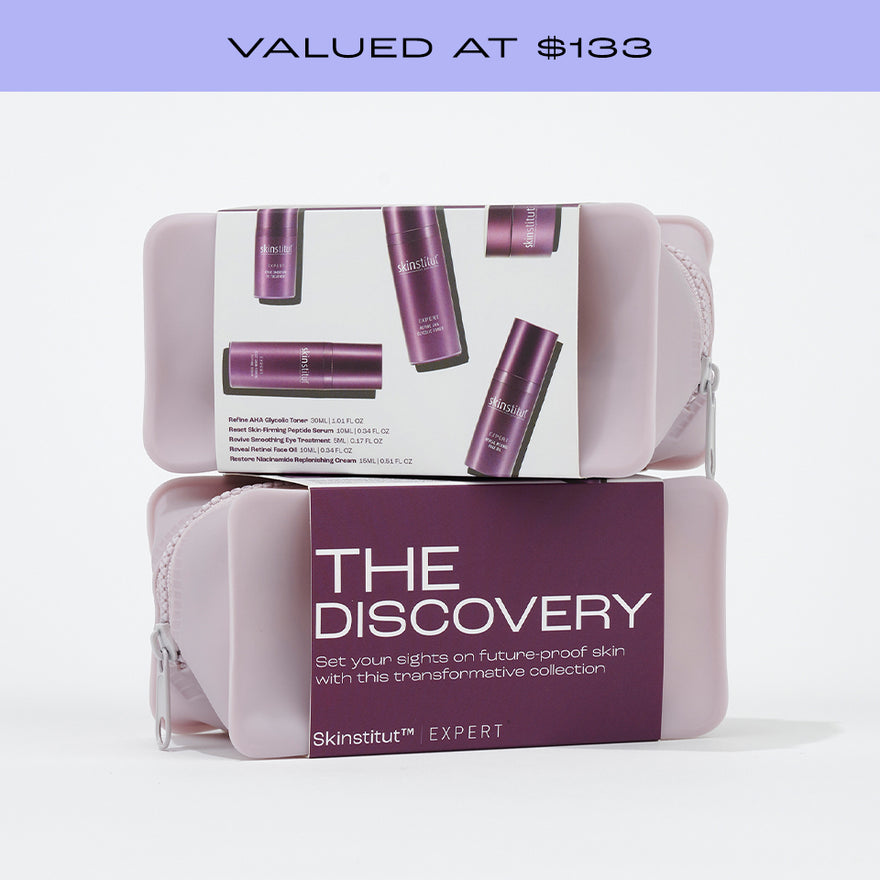Ageing is a normal and natural process, especially when it comes to our largest organ, the skin. Like the rest of our body, biological processes slow down as we move through life, eventuating in cellular damage and – in the case of our natural barrier – associated side effects like lines, wrinkles, discolouration and sagging.
As the largest organ of the body, it makes sense that our skin is prone to visible signs of wear and tear. Our 20s are widely considered to be the peak of skin health (in our adult life, anyway), before a scientific phenomenon known as ‘cellular senescence’ kicks off the ageing process in our 30s.
Senescence occurs when cellular mutations, ongoing oxidative stress, inflammation, gene mutation and telomere shortening (chromosomal damage) starts taking a toll on skin health, resulting in irreversible damage.
This process of senescence (or skin ageing) occurs in two ways: intrinsically and extrinsically.
Intrinsic Ageing
Intrinsic ageing concerns the biological functions we can't control, like collagen and elastin breakdown, reductions in fat stores, and sluggish cell turnover. This is just a part of getting older, so try not to get too caught up with its impact.
Extrinsic Ageing
Extrinsic ageing is influenced by a number of different factors, most of which are lifestyle choices we have some control over: smoking, a high-sugar diet, exposure to pollutants, trauma and most prevalent of all, UV exposure (according to studies, 80 per cent of extrinsic ageing is caused by unprotected exposure to UV radiation).
The cumulative result of extrinsic ageing will depend on your skin type, but it manifests as coarseness, deep wrinkles, broken capillaries, sallowness, irregular pigmentation and loss of elasticity.


















































